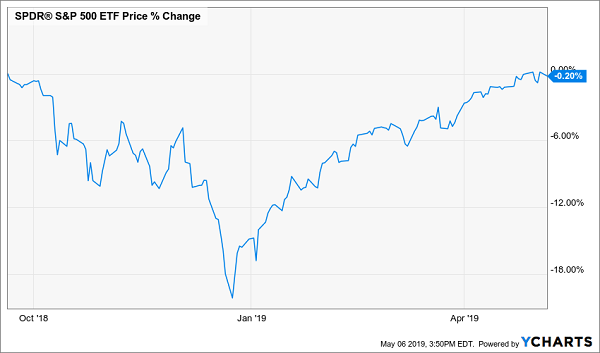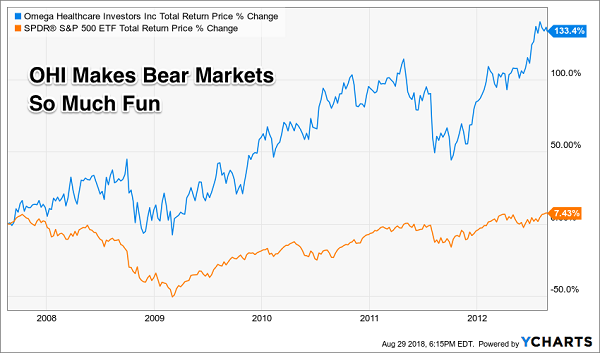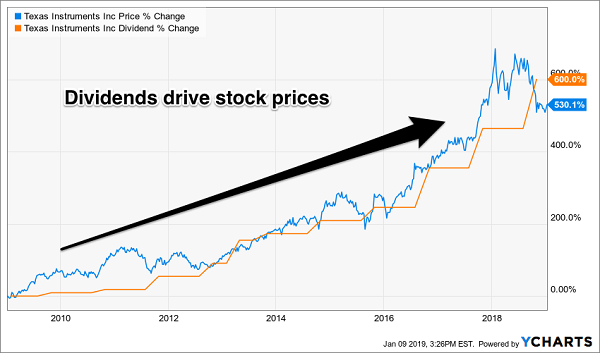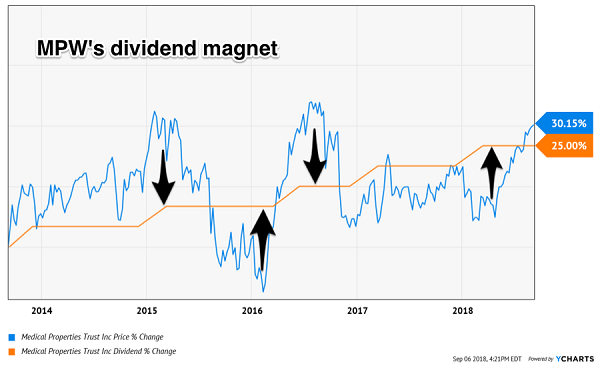Did the latest tariff tiff set the stage for the next pullback in stocks? Will this bull market actually die of old age?
The macro picture is dicey and stock valuations are pricey, but we must stay invested. The stock market goes up about two-thirds of the time. Permabears miss out on compounding and it’s not as easy to be a part-time bear as it sounds.
To illustrate this let’s consider a study by Hulbert Financial. The firm looked at the best “peak market timers”–the gurus who correctly forecasted the bursting of the Internet bubble in March 2000 and the Great Recession in October 2007.
These were the clairvoyant advisors who had their clients out of stocks and mostly in cash when the S&P 500 was about to be chopped in half. Surely their clients did great over the long haul, given their capital was largely intact at the market bottoms, right?
Wrong. None of these advisors turned in top performances. The reason? While they were good at timing tops, they were terrible at timing bottoms! The bearish advisors didn’t get their clients back into stocks anywhere near the bottom. They had their capital intact, but they didn’t deploy it–and they largely missed out on the epic bull markets that followed these crashes.
Think about the advisors and investors who sold in late December when the “bear market” became official. They moved to cash at the worst possible moment and have been on the sidelines waiting for a low risk “retest” of the lows. Mr. Market loves to confuse the most amount of people, and he really outdid himself this time!
Barely a Bear Market…

… And Right Back to a Bull!

Now we can be smart about staying in the market. While bull markets may not die of old age per se, this one is ten years old. They don’t run forever, so we should focus on pullback-proof names. Here are five rules to follow for 15% per year returns regardless of what the broader market does.
Recession-Proof Rule #1: Trust Your Dividends
Secure dividend yields are truly the “rubber duckies” of the investing world. Mr. Market can push them underwater for a period of time, but eventually, they rocket back up to the surface.
Let’s consider Contrarian Income Report favorite Omega Healthcare Investors (OHI), a big paying landlord in the skilled nursing space. It’s rewarded CIR subscribers with steady 8.1% returns per year, mostly from well-funded quarterly payouts. Anytime OHI rallies I get questions about whether we should book profits. Well, we rarely want to sell a great dividend stock like this–even when our crystal ball forecasts impending doom.
We’ll rewind 11 years to the top of the last extended bull market. If you were savvy enough to time the top in 2007, you would still have been doing yourself a disservice by selling your OHI shares (not least, how would know when to have “gotten back in?”)!
This Dividend Payer Barely Went Below the Water

Five years later, as the S&P 500 barely recovered its crash losses, OHI investors had enjoyed 133% returns (including steady, fat payouts throughout). And while the presence of a dividend does not guarantee protection from losses, examples like this one show that payout-focused investors have a serious edge in the markets because:
Buying stocks for their dividends alone makes day-to-day price action irrelevant.
Of course, you know this already! And you’re probably already wondering how we turn OHI’s 8% returns into 15% per year, so let’s get into rule number two.
Recession-Proof Rule #2: Buy Fast Growing Dividends
Dividends are magnets that pull their share prices along with them. If you’re looking for the stock market’s tail that wags the dog, pay attention to the payouts attached to a given share price.
Regardless of what the stock market does during any given trading session (or month, or whatever), share prices eventually follow their dividends higher. For example, let’s consider Texas Instruments (TXN), which has increased its payout (orange line below) by an amazing 600% over the last decade. Its stock price (blue line) was pulled higher by its dividend:
TXN’s Dividend Magnet

My Hidden Yields subscribers have made 55% in two years from TXN. Two generous dividend raises have provided much of this fuel. And the kicker? We bought when shares were “due” to pop because they had fallen behind their dividend curve.
Recession-Proof Rule #3: Find the Lagging Stock Price
The best time to buy a stock like TXN is nearly anytime. But we can “cherry pick” our entries (and put option sales) by focusing on times when TXN’s price falls behind its payout curve.
Regular readers will remember Medical Properties Trust (MPW), a hospital landlord we bought and later sold for 105% total returns. MPW’s dividend magnet was part of our secret, and the fact that we bought when the price was lagging dividend growth and sold after it had overtaken it. The “up” arrows below show good times to be a buyer, while the “down” arrows indicate times to hold or sell:
The Cues from a Dividend Magnet

Recession-Proof Rule #4: Buybacks Are a Nice Bonus
Share repurchases can provide fuel for dividend growth. When a firm buys back stock, it saves cash on dividends because it doesn’t have to “dish out” for those retired shares.
Buybacks today are the gifts that keep on giving tomorrow. By reducing the share count, they make every “per share” metric of profit and cash flow look better. Plus, they make it easier to grow the dividends because there are fewer shares to pay them to!
Buybacks work best when the stock itself is cheap. After all, the price you pay for something always matters. Smart management teams take advantage of depressed stock prices to provide their investors with a nice bonus.
Recession-Proof Rule #5: Low Payout Ratios: Where the Party’s At
Some dividend-income investors think they are following this strategy by purchasing dividend aristocrats, or stocks that have increased their payouts every year for 25 straight years:
“Brett, I don’t own the S&P 500 index for income. I choose the best companies in the index, the ones whose dividends have gone up and up. The dividend aristocrats.”
Problem is, many of these monarchs have their best years behind them. Check out these payout ratios, or the percentage of profits that these aristocrats are paying out as dividends:
Sky High Payout Ratios

The 9.5% average dividend growth rate above is nice but it’s not sustainable. These firms are already paying 80% of their profits as payouts, when anything more than 50% can spell trouble! This means their upside potential for the next five years is likely limited.
So, let’s look past these paupers for lesser-known bargains that are primed to double their dividends and prices over the next five years. Some will double within three!
How is this possible? These five stocks are only paying 20% of their earnings as dividends, which means they could multiply their payouts by 2X, 3X or even 4X today and still have room to grow without risk of a dividend cut.
They won’t do it overnight, however. These firms will bump their dividends by 15%, 20% and even 25% or more per year. Which means their stock prices will eventually follow, and investors who buy today will double their money with these safe dividends.
7 Dividend Stocks That’ll Double Your Money Every Few Years
Since inception, our Hidden Yields portfolio has exceeded our lofty 15% benchmark, returning 16.4% per year. This means our inaugural subscribers are well on their way to doubling their money with safe dividend stocks. With patience and persistence, you too can enjoy the same types of returns by following our dividend double strategy.
Today, I want to share seven of my recession-proof “Hidden Yield Stocks” with you.
My research indicates each of these investments could easily pay you 15% per year. That’s enough to double your money in under 5 years. Imagine, turning a retirement ‘pot’ of $250,000 into $500,000… or… $500,000 into $1,000,000… and on it goes.
Imagine no more fear of your savings running dry… no more worrying about wild market swings or crashes… no more risky-bets on penny-stocks or cryptos… no more penny-pinching in your golden years.
So, if you’re not quite as wealthy as you hoped you’d be… if you wish you had more money in your retirement account… and… if you’re looking for safe, secure growth over the next 5, 10, 15, even 20 years—as well as predictable income—this could be the most important investment advice you ever read.
Please click here to learn the names of my seven favorite dividend stocks with 100%+ upside. I’ll share their names, tickers and my full research with you including my recommended buy-up-to prices.
